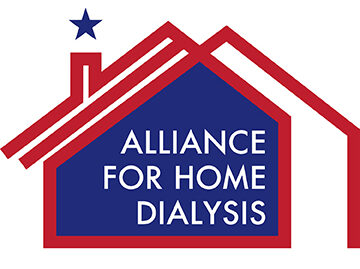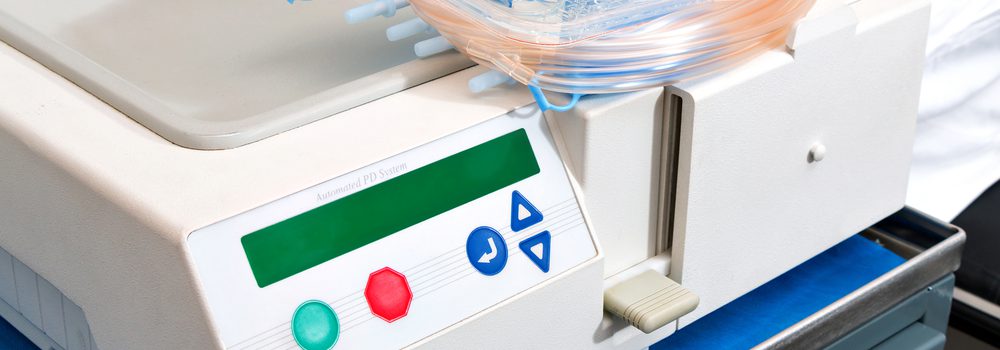Alliance for Home Dialysis
Home dialysis, an alternative to in-center dialysis that allows patients to perform dialysis from the comfort of their homes, includes two modalities: peritoneal dialysis and home hemodialysis. Peritoneal dialysis is the most common form of home dialysis and involves waste being cleansed from the body by passing a special fluid, called dialysate, through the peritoneum using either gravity or a machine called a cycler. Home hemodialysis cleans the blood through a dialyzer, which removes waste products. The Alliance supports both methods of home dialysis.
Home dialysis offers both clinical and quality of life advantages. Clinically, home dialysis patients typically take fewer medications, have fewer and shorter hospital stays, live longer, and in some cases experience improved residual kidney function. Home dialysis patients also experience more flexibility in timing their treatments, which can lead to increased ability to work, care for children or other dependents, and partake in leisure activities. Patients also report better sleep, fewer food restrictions, and more energy on home dialysis.
Today, about 13.3% of the 808,000 patients living with End Stage Kidney Disease (ESKD) dialyze at home. While there has been an increase in uptake over the last ten years, the US still lags behind many other developed countries with regard to home dialysis rate. In addition, within the US, there are disparities based on race, geographic area and income level that lead to a lack of access to home therapies.
The Alliance for Home Dialysis, a coalition of patient groups, clinical societies, dialysis providers, and innovators, came together in 2012 to advocate for better access to and uptake of home dialysis. The Alliance strongly believes that every patient should be offered the opportunity to dialyze at home. On this website you can explore the Alliance’s advocacy work to advance the penetration of home dialysis across the country.




